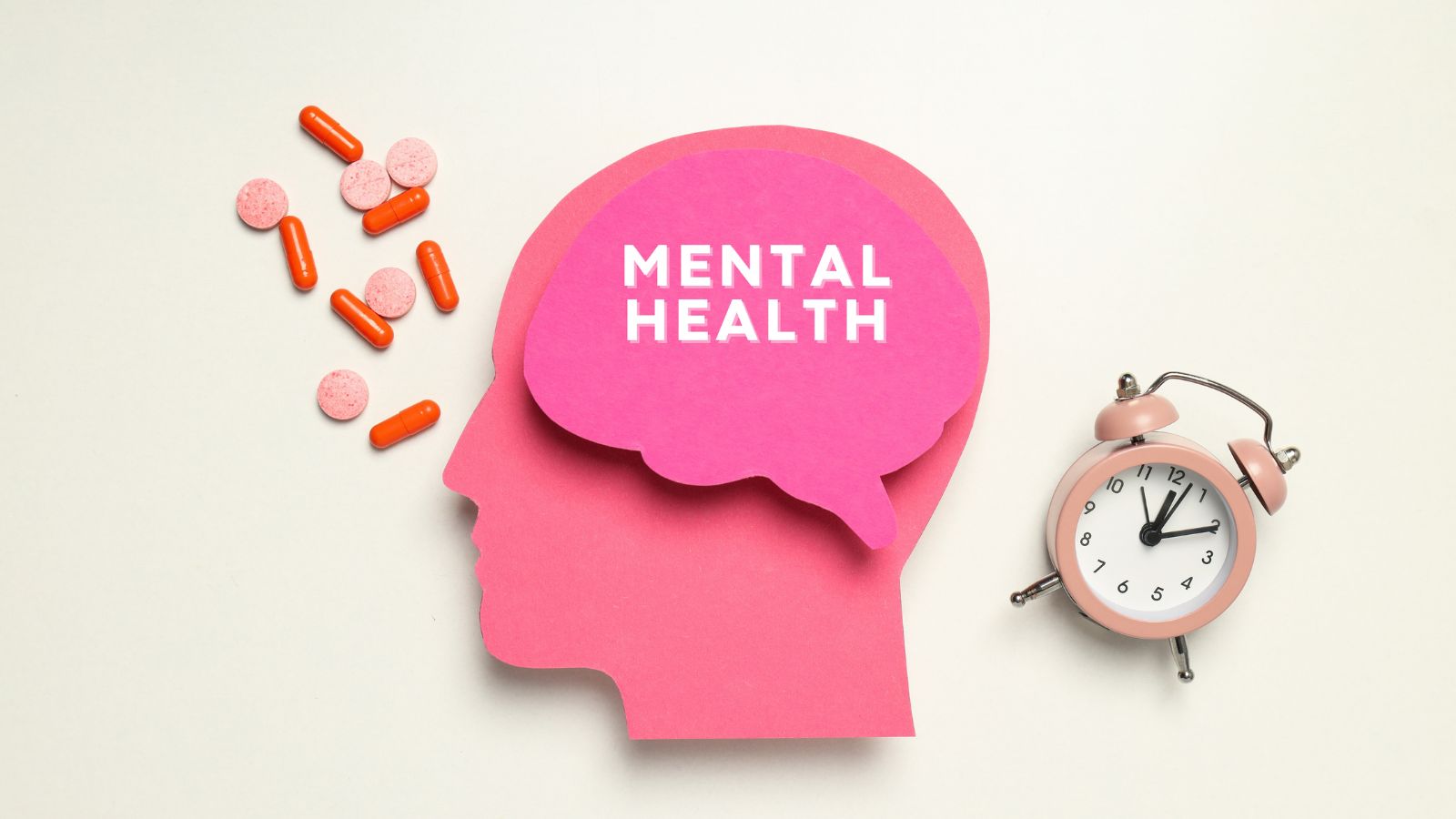In today’s fast-paced society, prioritizing mental well-being is more important than ever. Yet, many people still face significant barriers when trying to access mental health support. Traditional mental health care often comes with major challenges, including:
- Long waiting lists
- High costs
- The limited availability of local resources
These factors create a significant gap in care, leaving countless individuals without the necessary support. Fortunately, the advent of wellness webinars is a transformative solution for people today.
These online platforms provide accessible avenues for people to engage with guidance and support from the convenience and comfort of their own homes.
By leveraging digital technology, these wellness webinars are democratizing access to health resources. They offer a lifeline to those who might otherwise struggle to obtain crucial assistance.
The Rise of Wellness Webinars in Mental Health Support
Wellness webinars have become a popular way to learn about and improve health. They’re like online classes or talks where experts share info and strategies for better well-being. This rise is due to several key factors:

- Convenience. People can join from anywhere with an internet connection. It eliminates travel time and costs.
- Flexibility. Many wellness webinars are recorded. It allows people to watch them at their own pace.
- Variety. Webinars cover a wide range of mental health webinar topics. They range from stress management and mindfulness to specific health conditions.
- Accessibility. They can reach people in rural areas or those with mobility issues. Who might not have access to in-person services.
- Affordability. Many webinars are free or low-cost, making them accessible to a wider audience.
These online events often include:
- Presentations by health professionals.
- Interactive Q&A sessions.
- Guided exercises and meditations.
- Resource lists and downloadable materials.
- Community forums or chat features.
In conclusion, the surge in wellness webinars signifies a pivotal shift in health support. They offer unparalleled convenience, flexibility, and affordability. It makes crucial information available to everyone. The diverse range of topics fosters a sense of community. And it empowers people to take proactive steps towards improved well-being.
Digital Mental Health: A New Era of Care Accessibility
The digital revolution has profoundly impacted how we address mental health. It brings in a new era of accessibility. Digital health tools are fundamentally transforming the landscape of care. They dismantle traditional barriers and empower individuals to seek support regardless of their location or circumstances. This shift is characterized by several key advancements:

Breaking Down Geographical Barriers:
- People living in remote areas, where access to health professionals is often limited, can now connect with experts online.
- This eliminates the need for lengthy and costly travel. It makes specialized care readily available.
- It allows for a wider range of expert opinions and treatment options to be available to rural communities.
Digital Mental Health: Reducing Stigma:
- The anonymity offered by online platforms can alleviate the fear of judgment and social stigma associated with seeking health support.
- There are individuals who might be hesitant to attend in-person therapy. It’s due to concerns about privacy or social repercussions. Now, they can find a safe and confidential space online.
- This allows people to explore their issues without the fear of being seen entering a clinic.
Providing On-Demand Support:
- Webinars and other online resources are accessible 24/7. It provides support and information whenever it’s needed. It’s regardless of time constraints or scheduling conflicts.
- This on-demand availability is particularly beneficial for individuals experiencing acute health crises or those with irregular work schedules.
- This also allows for support during times when traditional services are unavailable, such as late at night.
Integrating Technology:
- A comprehensive digital mental health ecosystem is emerging where apps, online platforms, and virtual support groups complement webinars.
- This integrated approach allows for personalized care plans, continuous tracking, and ongoing support.
- This allows a user to keep all of their health tools in one digital space.
Early Intervention:
- Online resources provide valuable information and tools that can help people recognize early signs of health issues.
- This early detection enables timely intervention and prevents the escalation of health problems.
- This allows people to learn about signs of common health disorders before they become a crisis, enabling preventative measures.
This transformative shift towards digital mental health is fostering a more inclusive and accessible system of care. It ensures that individuals from all walks of life can access the support they need to thrive.
Advancing Mental Health Equity Through Online Resources
Health equity means that everyone has a fair chance to achieve good health. However, many groups face disparities in access to care, including:
- Racial and ethnic minorities.
- LGBTQ+ individuals.
- People with disabilities.
- Low-income individuals.
- Rural residents.
Online resources, like wellness webinars, can help address these disparities by:
- Providing culturally sensitive content.
- Offering services in multiple languages.
- Making resources accessible to people with disabilities.
- Reducing financial barriers through free or low-cost options.
- Reaching underserved communities through targeted outreach.
Online resources offer a powerful avenue to mitigate health disparities. By tailoring content to diverse needs, we can bridge gaps. Accessible formats and affordable options make care available to more people. Strategic outreach to underserved populations ensures these resources reach those who need them most. Ultimately, the integration of technology fosters a more equitable system. It empowers all individuals to prioritize and achieve well-being.
Addressing Disparities with Health Equity Enhanced Rates
One way to make healthcare more equitable is through what are called “health equity enhanced rates”. This means that people who have a harder time getting care might get help at a lower cost or even for free. This can happen in several ways:
- Sliding Scale Fees. Fees are based on income, so people with lower incomes pay less.
- Subsidized Programs. Grants and funding support programs that offer free or reduced-cost services to specific populations.
- Partnerships with Community Organizations. Collaborations with local groups help reach underserved communities and provide culturally appropriate care.
- Targeted Outreach. Behavioral health equity programs focus on reaching specific groups, such as veterans or refugees, who may face unique barriers to care.
- Online Accessibility. Providing free or reduced cost webinars and online content to those who need it.
These tactics help ensure financial barriers do not prevent people from getting health care.
The Future of Mental Health Support: Digital Psychiatry and Innovation
The landscape of mental health support is currently undergoing a significant transformation with immense future potential. We are witnessing a surge in innovative approaches driven by the integration of digital psychiatry and ongoing technological advancements. Here are some trends to watch:
- Artificial Intelligence (AI). AI-powered bots and apps can provide personalized support and monitor health symptoms.
- Virtual Reality (VR). VR therapy can help treat anxiety, phobias, and PTSD by creating immersive and controlled environments.
- Telepsychiatry. Remote consultations with psychiatrists and therapists are becoming more common. They expand access to specialized care. For those seeking a psychiatrist in Orlando FL, online platforms offer a convenient way to connect with local professionals without the need for travel. This approach not only broadens access but also ensures that individuals receive the care they need in a timely manner.
- Wearable Technology. Smartwatches and fitness trackers can monitor sleep, stress levels, and other indicators.
- Expanded Online Communities. Growing online communities moderated by professionals allow those with similar mental health challenges to support each other online.
- Personalized Medicine. Genetic testing and other tools can help tailor treatments to individual needs.
- Gamification. Using game elements in health apps can increase engagement and motivation.
- Integration with Primary Care. Health services are increasingly being integrated into primary care settings. It makes it easier for people to get comprehensive care.
Webinars will continue to be a valuable tool in this evolving landscape. They will provide education, support, and connection. As technology advances and mental health awareness grows, we can expect to see even more innovative solutions that bridge the gap in access to care and promote well-being for all.
